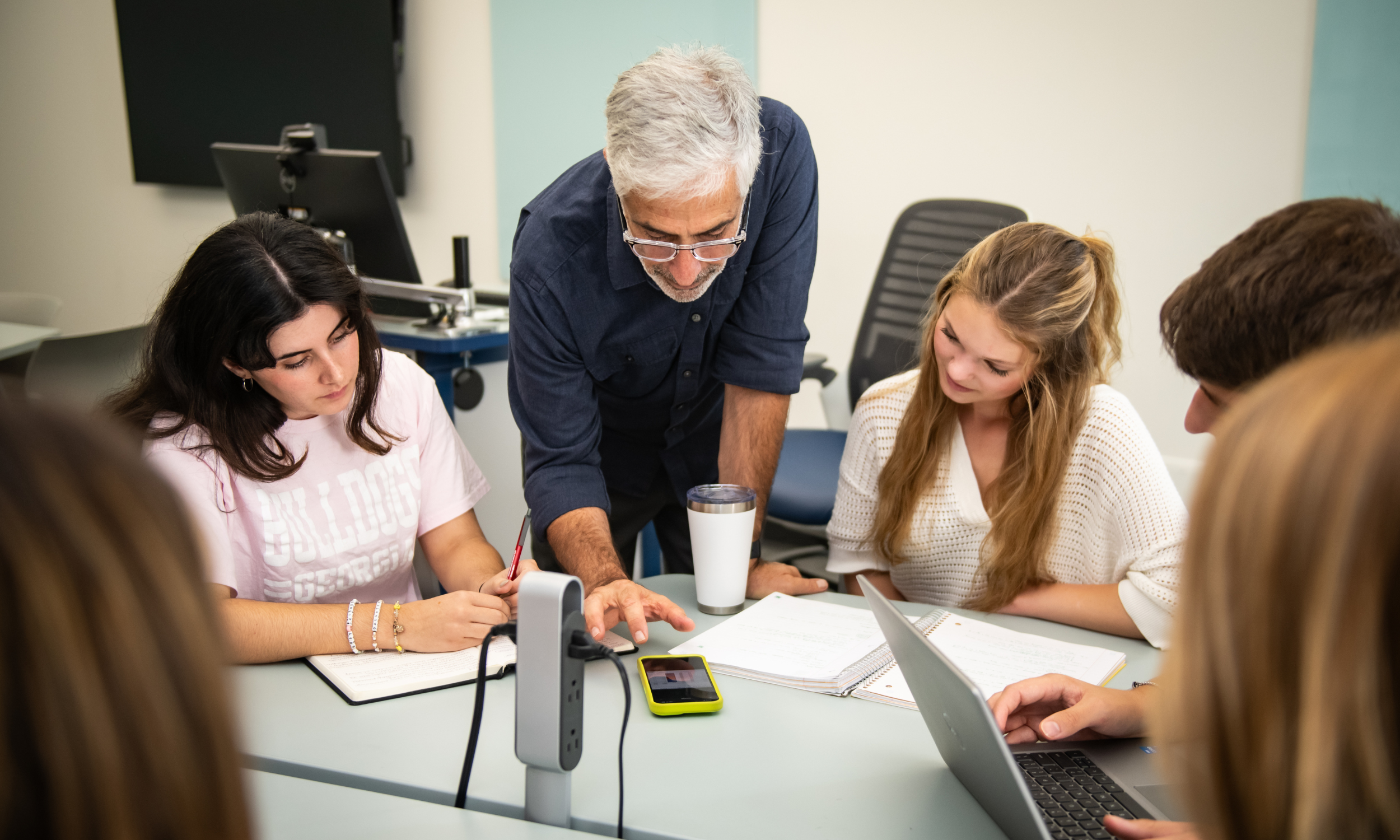
View original post on WalletHub.com »

Rebecca Nesbit
Where should people look for opportunities to volunteer in their community?
There are a lot of great volunteering matching websites, so I always recommend that people start with those (VolunteerMatch, Points Of Light Engage, GivePulse, JustServe). If they do not see a lot of great opportunities listed for their community on one of those websites, people can also check out the website for the local United Way. Many United Ways will match volunteers with local volunteering opportunities.
People can also think about those causes that are meaningful to them—education, the environment, animals, and health care—and then identify local organizations focused on those missions. Most organizations will list volunteer opportunities on their websites. One good way to find local organizations is through GuideStar.
How should people consider the tradeoff between volunteering their time versus working more and donating extra money to charity?
Most charities need both money and time, so people can have a strong impact on an organization by donating either resource. In actuality, a high proportion of volunteers also make financial donations to the organization they volunteer with, so people should consider donating and volunteering!
One way to think about the trade-off is to consider the value of volunteer time. According to Independent Sector, the value of an hour of volunteer time is $29.95. No organization will turn down a donation of $100, but a few hours from a dedicated volunteer can be just as valuable.
When considering financial donations, what nonprofits really need is unrestricted donations, meaning money that they can spend using their own discretion. Many donors want to donate to a specific program in the hope that their money will go to the recipients instead of paying for the organization’s overhead. The problem is that charities’ programs do not run themselves—it takes people, physical space, and supplies to run even the simplest program. Yet no one wants to fund the organizational infrastructure that supports an organization’s effectiveness at meeting its mission. If people want their local charities to have the capacity to impact more people, they should consider giving unrestricted gifts. Trust your local nonprofit organizations to use those resources wisely; they know more about what they do than you do.
Most nonprofits also need volunteers, particularly individuals who are willing to make a long-term commitment to the organization. Today’s volunteers want short-term and episodic volunteering commitments, but that is not what local nonprofits need the most. They need people who are willing to keep coming and who get to know the organization and its clients really well.
If someone really wants to have a strong impact on their local community, they should consider serving as a volunteer on the organization’s board. Many nonprofits struggle to recruit enough board members, especially board members with diverse backgrounds. A nonprofit board exercises stewardship over the organization’s resources and provides strategic direction for the nonprofit. There is no more powerful way to influence your community than to help set the direction for a local nonprofit and ensure that it is effective at meeting its mission.
How can young people be motivated to volunteer?
The biggest influences on volunteering among young people are their parents, their peers, and their involvement in churches, schools, and clubs. School-based volunteering and service programs have had a big impact on youth volunteers, particularly when they follow the best practices for program design, such as giving students a choice about where to serve and providing opportunities for reflection.
The best way to get youth to volunteer is to volunteer with them. Parents, leaders, and mentors can attend volunteer opportunities with you and discuss with them the experiences they have as they volunteer. Youth who volunteer with their friends also tend to have better experiences. It can be intimating for a young person to approach an organization on their own. If they go with a parent, a friend, or a group, they will feel more comfortable and “learn the ropes” of volunteering.
How can charitable organizations retain volunteers over time?
Volunteers want to feel supported by the organization, such as receiving adequate training and onboarding and sufficient ongoing communication. Organizations that invest in their volunteer management infrastructure, such as hiring a knowledgeable volunteer manager, tend to have better volunteer retention than those who approach volunteer management more informally. When a person is donating their time to an organization, they do not want to feel that their gift of time is wasted. Organizations that manage their volunteers effectively and invest in appropriate best practices are better stewards of volunteers’ gifts of time.
That said, at the end of the day, the most important element of volunteer retention is the relationships a volunteer develops with nonprofit staff, other volunteers, and clients. Being friendly and kind and treating people with respect go a long way to volunteer retention.
Since persons who volunteer have higher odds of finding a job than those who do not volunteer (due to developing new skills and expanding personal networks), should public policy promote volunteering as a labor market strategy?
Yes, well-designed volunteering policies can potentially help with bolstering the employment benefits of volunteering. However, spurring more people to volunteer is not enough; public policy must also address the lack of volunteer management capacity in most nonprofits. Few nonprofits have a full-time volunteer manager and their implementation of volunteer management best practices is often incomplete.








